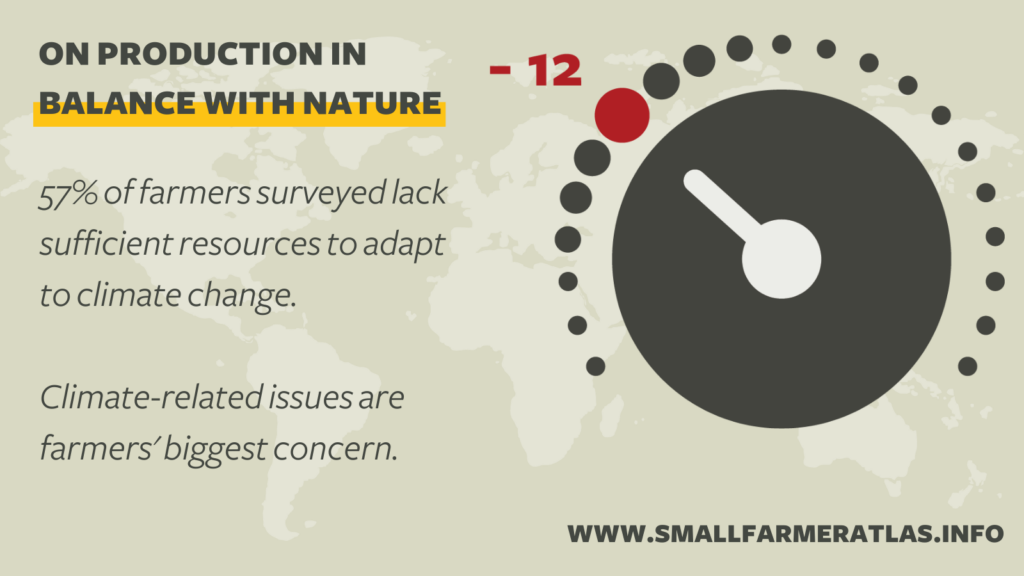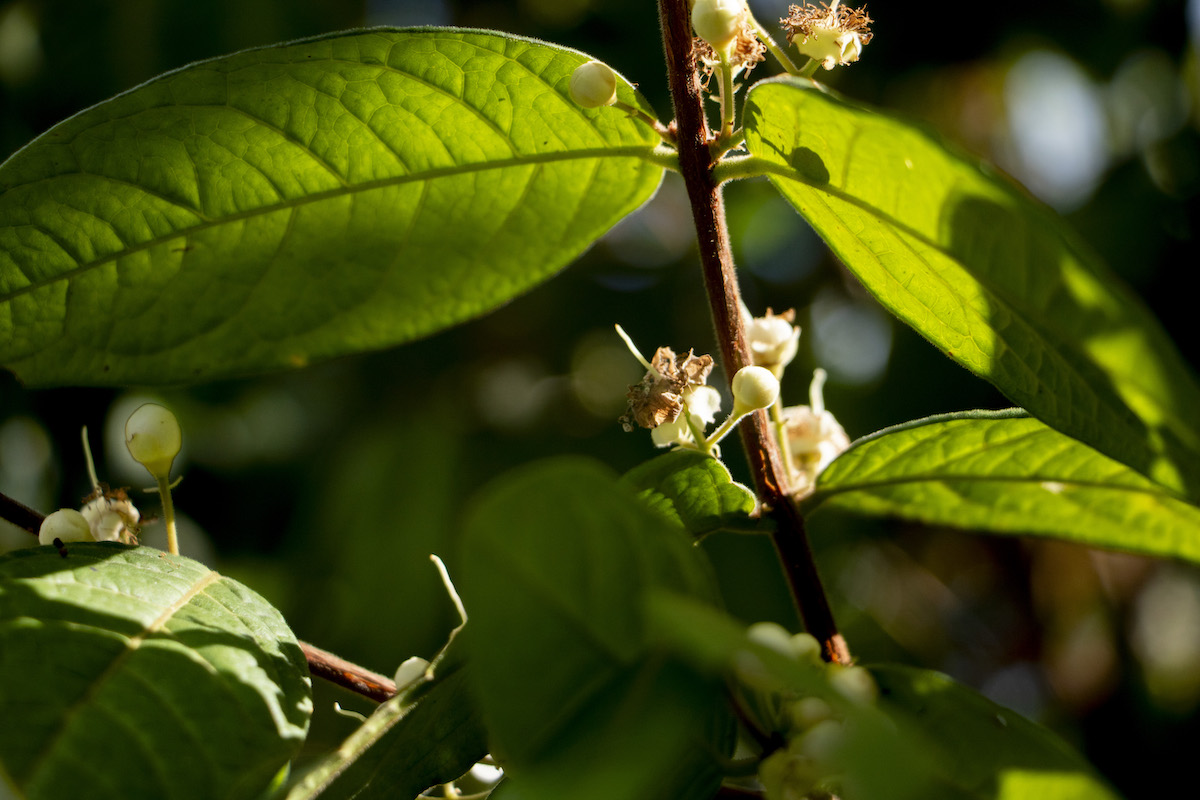Most of the world’s 570 million farms are less than two hectares in size. These small holdings produce approximately a third of the world’s food, but more importantly, they support over 2.5 billion livelihoods.
Despite their importance, small-scale farmers remain among the most vulnerable communities. They are often hit first and bear the brunt of climate change’s worst impacts. The situation is worse for women farmers, youth, and indigenous groups because of systemic barriers to inclusion.
Solidaridad’s Small Farmer Atlas – an extensive survey of over 10,000 small-scale farmers across 18 countries – underscores the fact that climate-related issues are their primary concern. Declining soil quality, reduced access to clean water, and unpredictable weather patterns all pose significant risks to farming. Most farmers interviewed lack sufficient income to weather market volatility and climate-related shocks.

Demanding climate action & climate finance
The Intergovernmental Panel on Climate Change’s Sixth Assessment Report (IPCC AR6) expresses “high confidence” in the impact of climate-related extremes on global small-scale food producers. This is reaffirmed by the first UNFCCC Global Stocktake Report (2023) which unveils a stark reality; that current climate actions are insufficient to keep the world below the 1.5 degrees Celsius average temperature increase targets.
The report includes key findings relevant to vulnerable small-scale farmers:
- The effects of climate change are here and now – Losses and damages to humans, infrastructure and nature are already being observed, and significantly more efforts are needed to achieve progress on adaptation, loss and damage.
- A need to get money where it’s needed – Progress on public and private climate finance needs to be made, especially for adaptation. And access to this finance needs to be simplified to better serve local needs. Evidence shows that too much climate finance is ineffective or too complex to access.
- There is no silver bullet for adapting to climate change and mitigating greenhouse gas emissions – Reaching net zero requires curbing deforestation, protecting natural ecosystems, restoring deforested and degraded lands, sustainably managing land, and a transition to low carbon and climate-resilient agriculture, and inclusive food systems. Any effort to support mitigation and adaptation must be informed by local needs.
These findings emphasize the need for supporting agricultural transformation that integrates climate resilience and promotes low-emission development. However, finance – a critical enabler of these transformations – remains insufficient and delivery mechanisms are often not set up to facilitate locally-led climate action.
While last year’s COP28 had some fruitful outcomes, including the launch of the Loss and Damage Fund and the UAE Declaration on Sustainable Agriculture, Resilient Food Systems, and Climate Action, the numerous weak and vague outcomes on climate finance and support means that vulnerable countries continue to wait as climate impacts escalate.
Looking to COP29
COP29 has been described as a “litmus test for the Paris Agreement and global climate action and cooperation”6 and finance is seen as a top priority within the COP29 Presidency agenda. Finance is a great enabler for climate action that will make a difference for small-scale farmers. Success at COP29 hinges on whether the world will prioritize the needs of the 3.6 billion people living in climate-vulnerable countries whose lives and livelihoods are at risk. It’s small-scale farm families who are at the heart of these communities.

